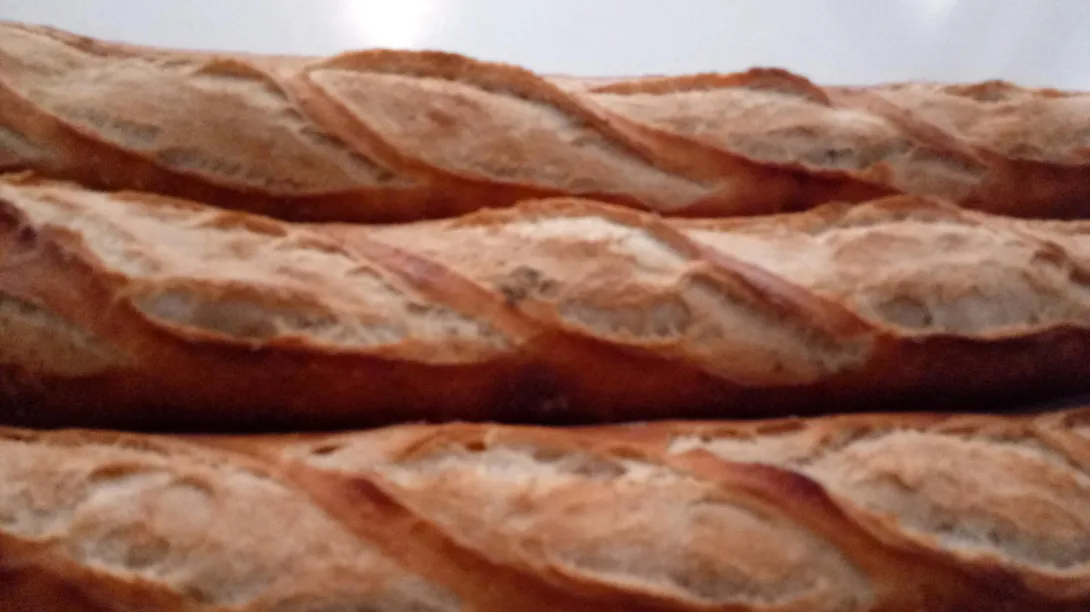
Posting just for the record. Went ever so slightly into the over proof zone again. Not quite the pop I like but still pretty decent stuff. This formula calls for 0.8% fresh yeast which for 600g flour mean 4-5g of yeast. This is a real pain to measure and thinking back of both the noticable high rise in the morning and thinking about measuring I may have added 7-8g which is easy to do if your scale doesnt do 10ths of a gram. I often notice that I can weigh the same small amount twice and have two readings differing by up to 2g. I usually look for about 1.5 times the rise after cold retard and had almost double this morning. I shaved time from final but still have a few hints of collapse starting ... Hence the very selective photo. Another testament to process !
- kendalm's Blog
- Log in or register to post comments
Man lots of curiosity all of a sudden for fancy 'big holes'. I admit i spent many a bake obsessing over how to open the crumb. I'd get it once in a while at which point I would sound my barbaric YAWP! Eventually every once in a while crumb would not open and sit there confused, then, eventually you begin to expect it and start to focus on the character of open crumb (btw - goal now is to produce wrinkled bubbles - love ot if and when the cell walls begin to collapse)
lets look at this from the other angle. How NOT to get big holes.
1. Produce too much gas - if yeast has gotten to the point that your dough is rising fast you can expect what I like to call 'foamy' bread. The equivalent of frothing up cream vigorously. Ever notice how sourdough breads often produce a nice open crumb - that's for one probably thanks to the low yeast concentration - much slower and gradual than commercial yeast
2. Poor gluten. Whole wheats, ryes etc are notoriously difficult to spring with big holes. Ciabatta, very forgiving. Strength is not as important as elasticity. A low protein yet elastic dough will act way better than a super strong over kneaded bread flour.
3. Low heat. Slowly bake a loaf and there will not be enough energy in a short enough time frame. It takes all the might of that gas to expand the cavities which are also fighting the surface tension.
4. Over proofed dough. Bubbles expand then break - loaf goes up, loaf goes down.
Another pointer - smaller loaves absorb heat quicker. Notice how many photos of 'crumb open near crust but inside still dense' - think about where the heat enters - from the outside in and thus better expansion where the loaf heated up first.
With all the above heres one more point. You only have to hit one of the above to get small holes. To get big holes, the opposote of all the above needs to happen (generally speaking). Is bread better with big holes ? Not really, sometimes, depends,on the loaf, depends on the person eating it. For a baguette as on tfler said some time ago - holes are just bragging rights - personally as a baguette enthusiast, for this loaf they are a must. Sandwich loaf on the hand, bagel etc, a tight crumb is preferred.
To all the open crumb converts, may the schwartz be with you - Best advice, choose a loaf and do it over and over and over - sooner or later it just complies (hopefully most of the time)